Info Bites: Around the World in 6 Types of Mosquitoes
Learn about the various species of mosquitoes from around the world and what makes each one unique.
What makes different mosquito species unique?
We’ve spent decades finding out everything we can about mosquitoes, with a network of entomology labs including the SC Johnson Institute of Insect Science, along with our numerous relationships with universities around the world. There are more than 3,500 species of mosquitoes buzzing about our planet. Here’s a taste of what we know about them.
The southern house mosquito (Culex quinquefasciatus) feasts on poultry in addition to people.
This is one of several mosquito species that get blood meals from birds as well as humans and other mammals. Penguins can rest assured – southern house mosquitoes make their home in tropical and subtropical regions of the world.
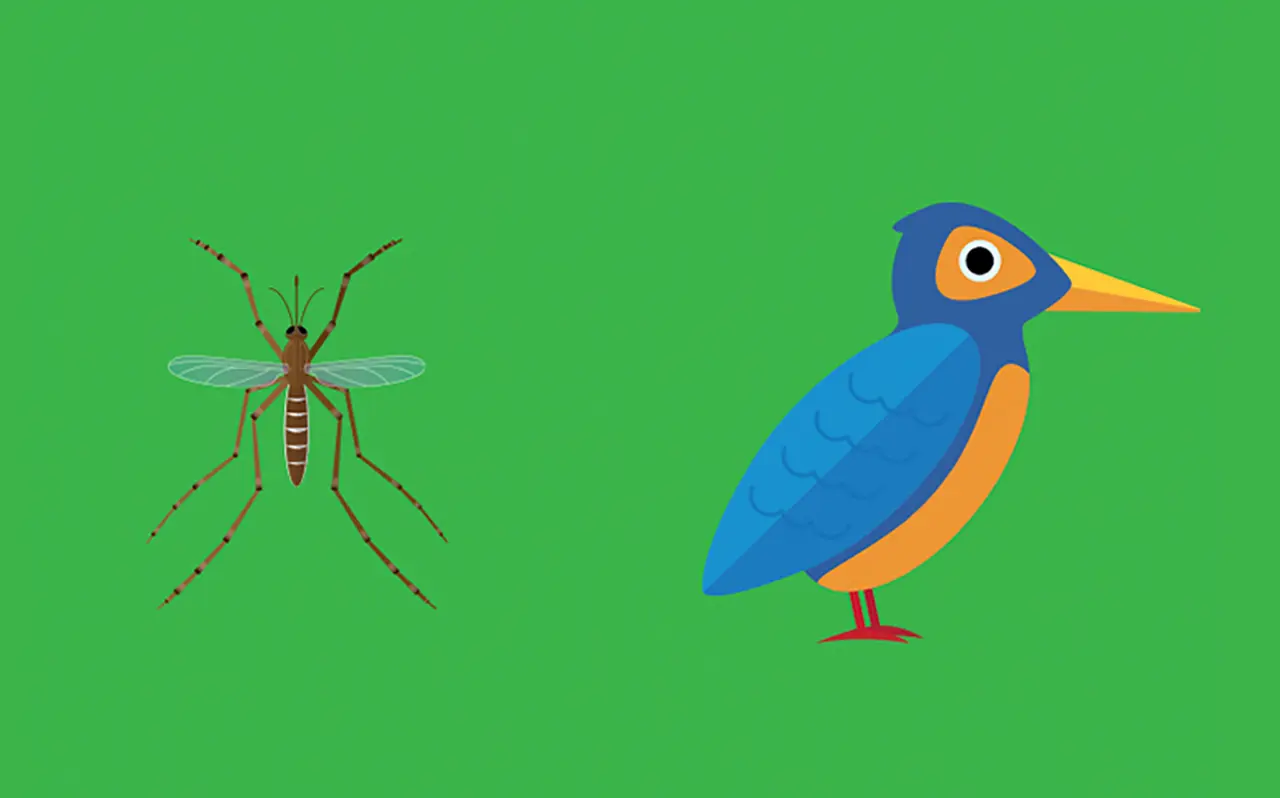
The purple pitcher-plant mosquito (Wyeomyia smithii) lays its eggs in carnivorous plants.
Mosquito moms look for a watery environment for their eggs to develop in, and this particular species seeks out certain small pools – the ones inside leaves of the carnivorous purple pitcher plant. Adult mosquitoes lay their eggs and fly away to safety, but other insects aren’t so lucky. Ants, moths and flies that fall into the pitchers can drown and end up as food for developing mosquito larvae. Once the bugs are digested, the pitcher plant is able to absorb essential nutrients the bugs provide.
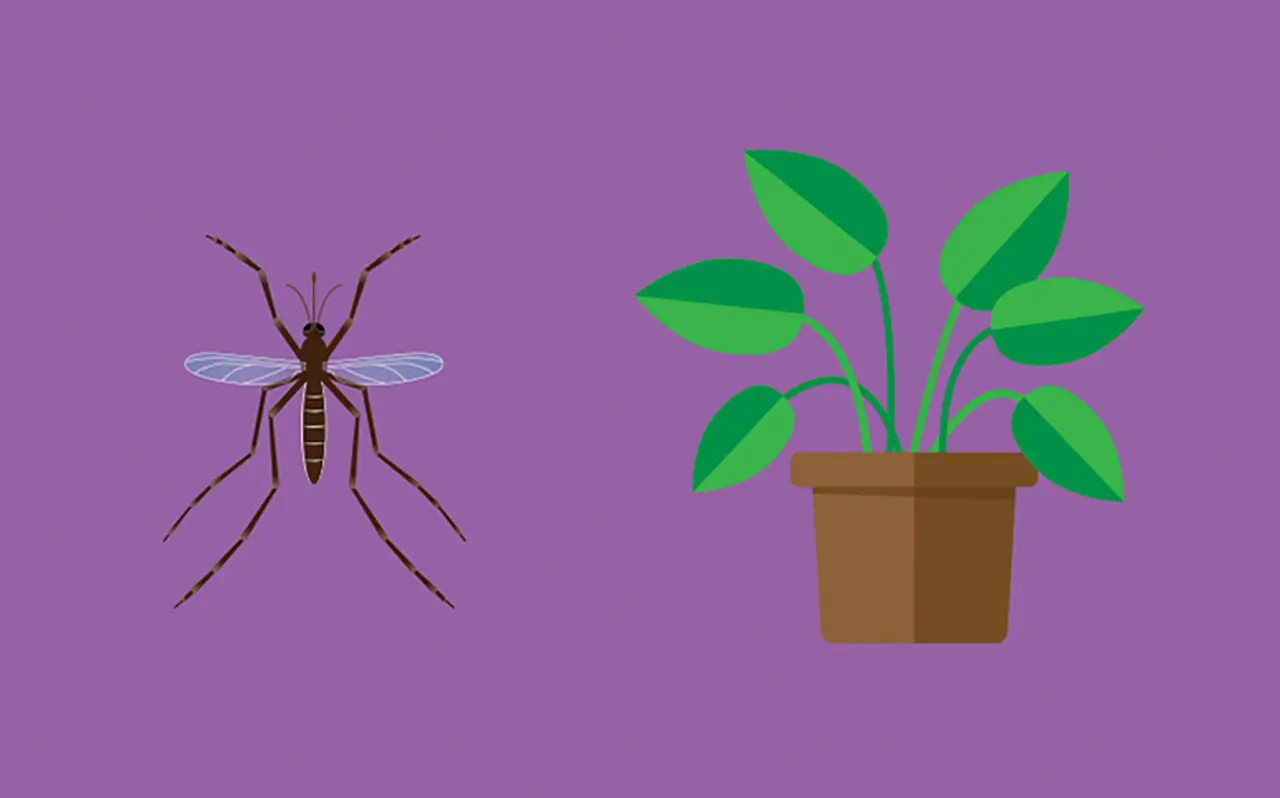
The yellow fever mosquito (Aedes Aegypti) mostly bites during the daytime.
This mosquito species prefers to bite humans and is commonly found indoors. They typically live in urban areas in tropical and subtropical regions.

Anopheles mosquitoes lay eggs with built-in flotation devices.
Like all mosquitoes, Anopheles eggs develop in the water, but the eggs of this genera are uniquely equipped with floats on either side. Females generally lay 50-200 eggs at a time that take about two to three days to hatch.
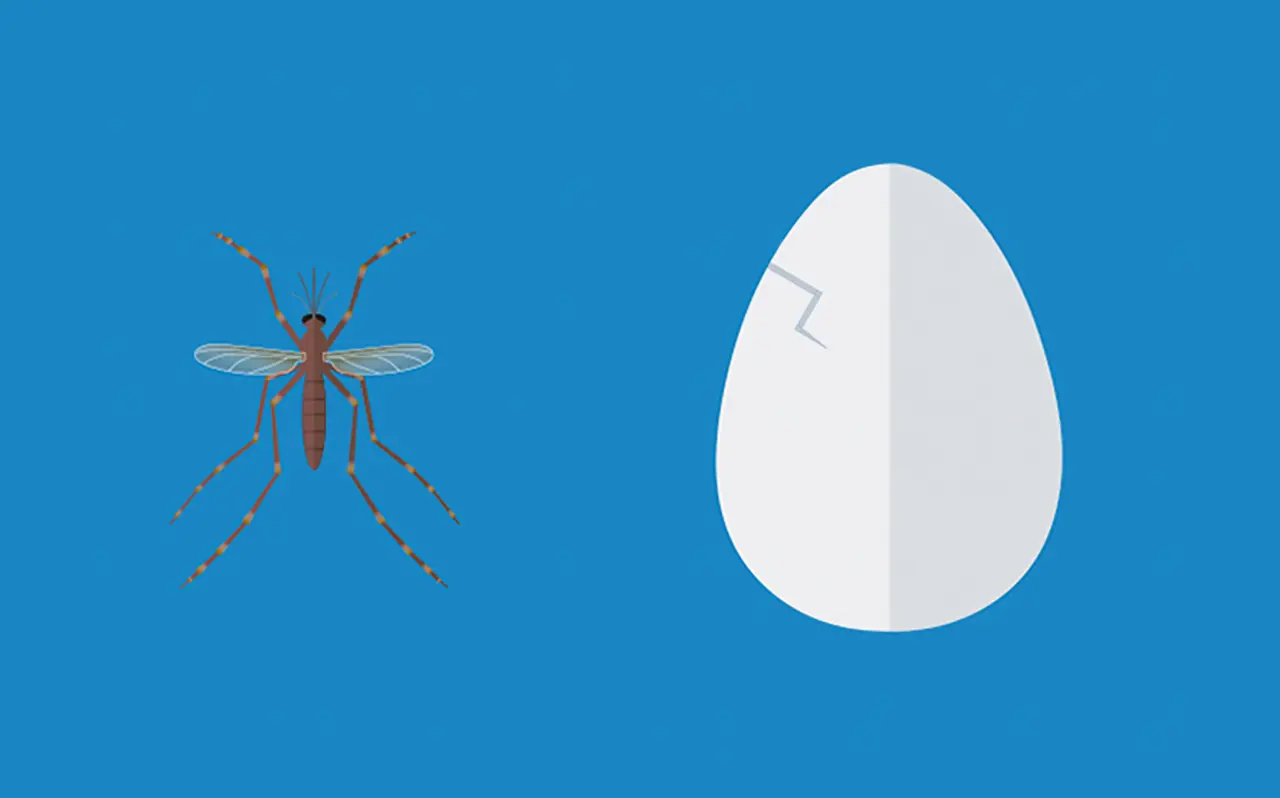
The eastern saltmarsh mosquito (Aedes Sollicitans) isn’t afraid to travel.
Most mosquitoes stay close to their breeding grounds, but Aedes sollicitans will leave the salt marshes they hatch in on the Atlantic coast of the United States. According to the American Mosquito Control Association, they may travel as far as 40 miles looking for a blood meal.
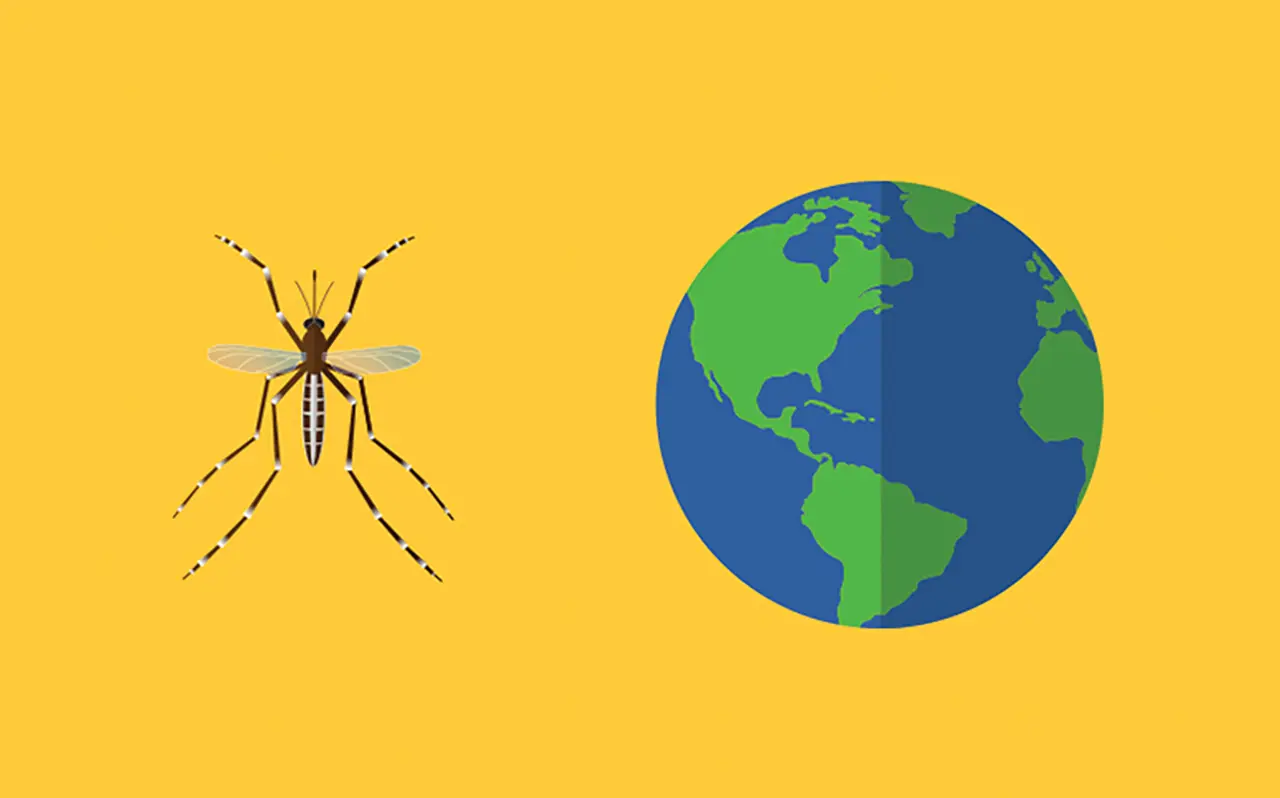
The Asian tiger mosquito (Aedes Albopictus) can actually be found on five continents.
This species originated in Asia but is now found in North America, South America, Europe, Africa and islands in the Pacific and Indian oceans. Unlike the yellow fever mosquito, the Asian tiger mosquito can survive in colder climates. In many areas of North America, Aedes albopictus has displaced Aedes aegypti.
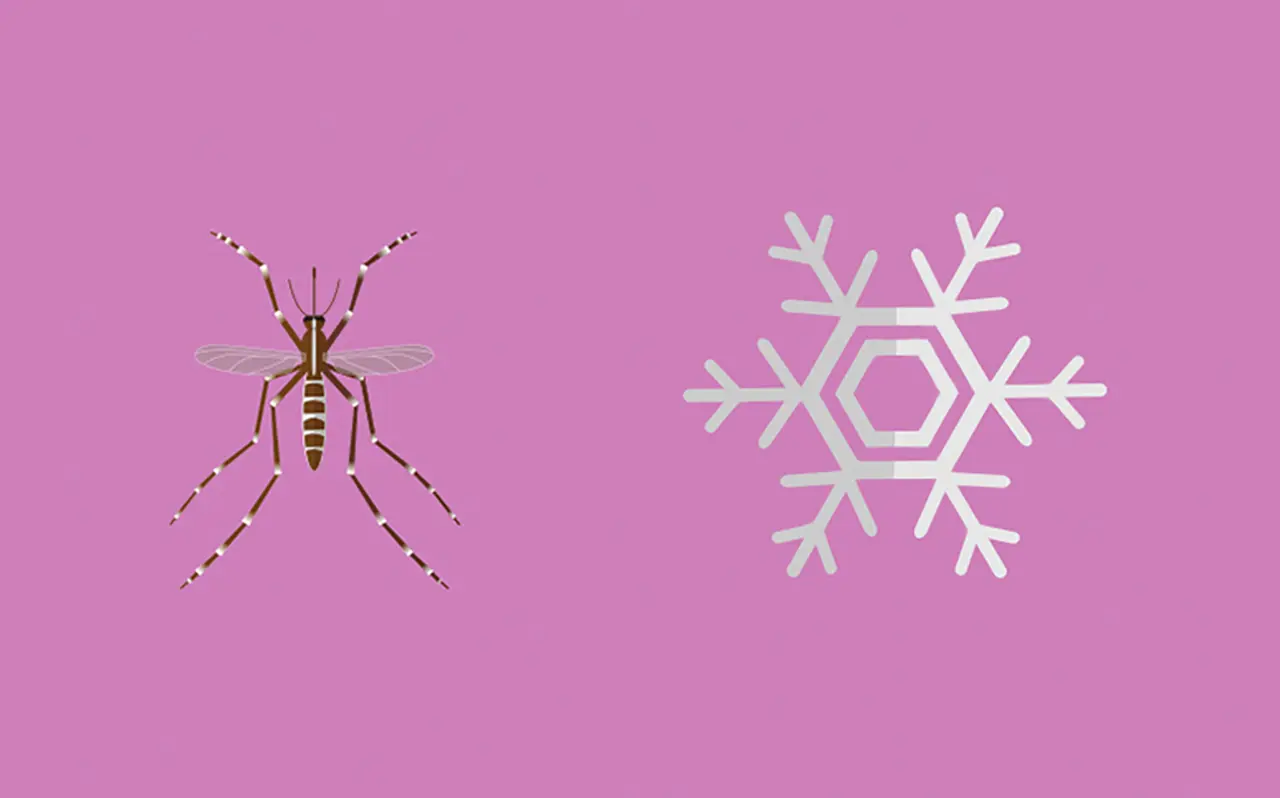
You don’t have to be an expert on mosquito species to help protect your family from mosquitoes. Find the right OFF!® repellent to help you make the most of your time outside.
Maybe next time we’ll list all 3,500 species, with a pop quiz afterward!
Sources:
https://www.cdc.gov/rocky-mountain-spotted-fever/about/index.html
https://www.cdc.gov/ticks/about/tick-lifecycles.html
Related

